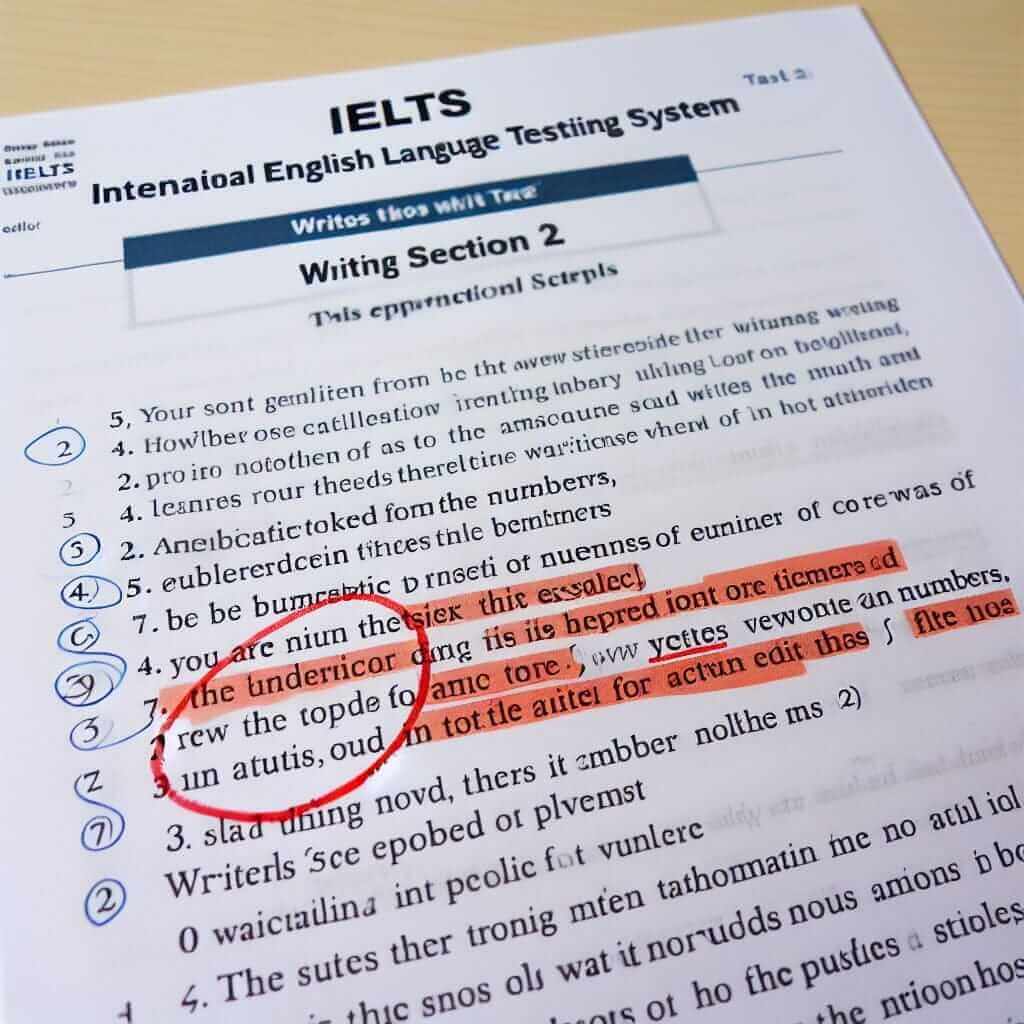As an IELTS instructor with over 20 years of experience, I often encounter students who are unsure about the appropriate use of numbers in their IELTS Writing Task 2 essays. This uncertainty is understandable, as the use of numbers can be tricky in academic writing. In this comprehensive guide, we will delve into this common query and provide clarity on how to effectively incorporate numbers into your IELTS essays.
The Importance of Clarity and Formality
The primary goal of your IELTS Writing Task 2 essay is to present your ideas clearly and effectively in a formal and academic style. While numbers are crucial for conveying information, using them incorrectly can hinder clarity and impact your score. Let’s explore the different ways to represent numbers in your writing:
Using Words versus Numerals
Generally, in formal writing, it is advisable to spell out numbers from one to ten. For instance, instead of writing “3 reasons,” you would write “three reasons.” However, there are exceptions to this rule:
- Numbers at the beginning of a sentence: Always spell out numbers at the beginning of a sentence. For example: “Twenty-five percent of the respondents agreed with the statement.”
- Numbers with percentages or units of measurement: It’s generally acceptable to use numerals in these cases. For instance: “50%,” “25 kilometers,” or “10 years.”
For numbers greater than ten, using numerals is usually preferred.
Example:
- Incorrect: “There were fifteen participants in the study.”
- Correct: “There were 15 participants in the study.”
Consistency is Key
Maintain consistency throughout your essay. If you choose to spell out a specific number in one instance, be sure to follow the same style throughout your writing.

Using Numbers Effectively to Support Your Arguments
Numbers can be powerful tools to strengthen your arguments and add credibility to your writing. However, simply stating numbers without context is not enough. Here’s how to use numbers effectively:
- Provide context: Always provide context for the numbers you use. For instance, instead of simply stating “20%,” write “20% of the population surveyed.”
- Use data to support your claims: Incorporate statistics, survey results, or other numerical data to support your arguments and make your writing more persuasive.
- Interpret the data: Don’t just present the numbers; analyze and interpret their significance for the reader.
Example:
Instead of writing: “Unemployment rose by 5%.”
Write: “Unemployment rose by a significant 5% in the last quarter, indicating a potential economic downturn.”
Common Errors to Avoid
- Overuse of numbers: While numbers can be effective, using too many can make your writing appear cluttered and difficult to read.
- Lack of accuracy: Ensure all the numbers you use are accurate and from reliable sources.
- Misinterpreting data: Avoid drawing conclusions that are not supported by the data you present.
Conclusion
Using numbers appropriately in your IELTS Writing Task 2 essay is crucial for clarity, formality, and persuasiveness. By following the guidelines outlined in this article, you can confidently incorporate numbers into your writing and enhance the overall quality of your essay. Remember, practice makes perfect! The more you practice using numbers in your writing, the more comfortable and confident you will become.